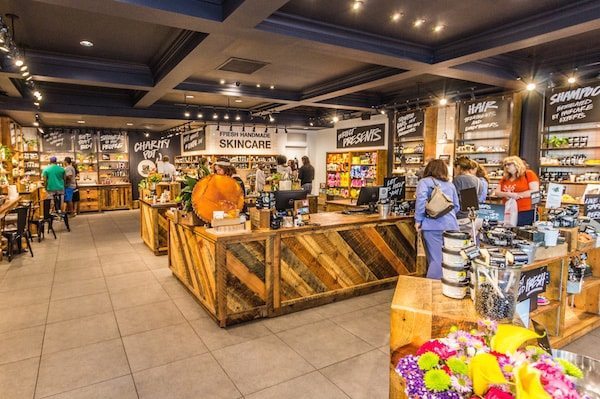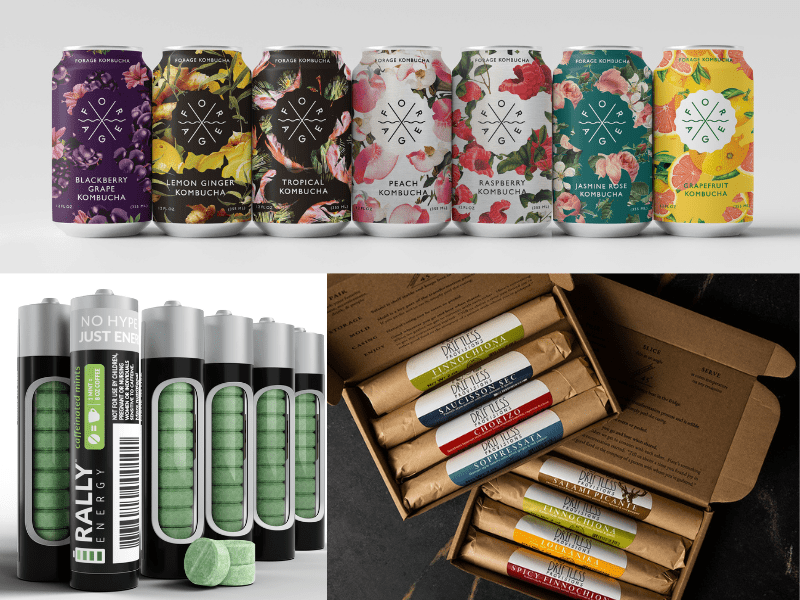[vc_row][vc_column][vc_column_text]Behind every great food entrepreneur is a great financial team. As the business grows, many of the core financial functions of the business will need to be delegated, or at least partially led by other people. That is why who is on the team and what is the best role for them to play are some of the most important questions food and beverage entrepreneurs will face.
For example, the bookkeeping role focuses on accurate data-entry, and this is the necessary prerequisite to having accurate financial statements. The accountant role focuses on accurate presentation of financial statements and the more complicated transactions or treatment of transactions that underlie those financial statements. The Chief Financial Officer (CFO) role is often a forward looking role, taking those accurate financial statements, evaluating the past performance of the business and then making realistic projections of where the business is headed to inform planning and raise money. All of these roles need to be working in tandem, sharing information and refining processes, so that the business owners and management understand their business’ key financial drivers.
However, not everyone on the team needs to be an employee of the company, as even some financial functions can be outsourced. When businesses start out, an outside accounting firm can come in monthly or quarterly to help take on the more complicated accounting and tax issues, allowing the entrepreneur to perform the basic data entry tasks of their accounting system associated with the role of the bookkeeper. If the entrepreneur isn’t able to afford paying a CFO, whether in-house or through outsourcing, often a financially savvy member of their board of directors can help fill that role until someone can be hired. Accountants, bookkeepers and CFOs can then be hired in-house as needed as the company grows.
Behind every great food entrepreneur is a great financial team, whether that team is employed by the business directly or through an outsourcing method. Building that team helps the entrepreneur, management and board make informed decisions and allows the business’ key stakeholders to focus on growing their customer base and strengthening their brand. Ultimately, that is what leads to financial success.
And now, our roundup of the best food and beverage finance news, events and resources from around the web…
Business Model Insights
- How to turn restaurant data analytics into increased sales (SmartBrief) – “Restaurants that collect data can use that information in myriad ways to increase guest counts and boost check totals, but sometimes it can be daunting to sift through the information and analyze it. Before restaurants can determine which data will help them drive sales, they must first establish their pain points and what business problems they are trying to solve. A restaurant’s next step should be establishing a point of reference among that data in the area of the pain point they’ve identified. One place to use data to increase profit and sales is pricing, because if you’re actually measuring how consumers are responding to different price changes, you can glean a lot of useful insights. Restaurants can also glean insights from looking at their purchase data, including how customers are pairing things together.”
- The Next Big Thing In Beer Is Being A Small Taproom (NPR)
- Organize Your Licenses And Permits For Your Food Truck Business (FoodTruckr)

Raising Capital
- Crowdfunding is Also Crowdmarketing (The Intertwine Group) – “A gap exists between early startups needing money and them being VC ready. Crowdfunding helps, but it doesn’t replace the need for angel investment or an early seed round. However, crowdfunding is also crowdmarketing. Not only can you raise needed funds, you’re able to validate product-market fit and learn if your targeted consumers truly understand your value proposition. You can also use the visibility to create a buzz around your product and develop brand evangelists. And, it can pay for itself with the funds raised.”
- From startup to bought up: What 4 food brands learned from being acquired (FoodDive)
- Business Equipment Financing & Leasing: 7 Key Tips to Know (Small Business Administration)
CPG/National Brands
- Using the unconventional to create a product category (New Hope Media) – “Are you struggling to get on shelf, and stay on it once you’re there? How is the changing face of ‘shelf’—physical or virtual, mass or specialty—affecting your strategy? Today might be the heyday (so far) of emerging brands. Perfect Bar founder Bill Keith says it was extremely challenging to be the first refrigerated protein bar in every retailer they approached. Since they were a one-of-a-kind product for so long, they had to convince category managers of different fridge sets that a fresh protein bar belonged in theirs, even when no one saw the appropriateness of it. Once they landed in a set, the challenge was to prove to that category manager that they could hit the velocities they projected. In-store demos, they learned, were and still are today the single biggest driver to their success, as their product requires context and education around refrigeration and portability.”
- Soup-To-Nuts Podcast: How to become a break-out brand in a crowded category (FoodNavigator)
- What it means to build a brand (New Hope Media)

Market Trends
- Good food is the growth sector in the grocery industry (New Hope Media) – “The trend arrows in the grocery industry are pointing toward good food. Over the past decade, sales in the natural products sector have more than doubled, from $48 billion to 2006 to $114 billion in 2015. Natural positioned products are outperforming the rest of the industry with a 9 percent annual growth rate. Though conventional positioned products still make up nearly 80 percent of the overall food market, the sector’s growth actually declined slightly. One of the most interesting findings is that natural products are even the growth center within conventional grocery stores, as those stores bring more of these products in to adjust to the changing environment. Natural products make up only 7 percent of the mix at conventional grocery stores, but their sales grew at a nearly 10 percent rate.”
- Grocers’ Future is Foodservice (Progressive Grocer)
- Baby boomers — not millennials — are driving the clean label trend (FoodDive)
Farming and AgTech
- Regenerative agriculture: The brand opportunity (New Hope Media) – “Regenerative agriculture offers powerful solutions to the problems we face. But first we must engage parties across our food system to build the market. If we are going to change the system, we need to give those farming our food ample reason to adopt new production methods. If a farmer is to risk transitioning his production methods, a robust reward must await. Healthier soils, lower input costs and decreased chemical exposure might be reward enough for many, but if a marketplace to sell higher-quality goods doesn’t exist, the economic incentive might not feel compelling enough to shift. Today we have an exciting opportunity to build demand for regenerative agriculture through the brands consumers buy every day at the grocery store.”
- Q&A: Talking Farm Robotics With Anterra Capital’s Dan Harburg (AgFunder)
- 2016 Sales of U.S. Certified Organic Agricultural Production Up 23 Percent from Previous Year (USDA)

Deals/M&A
- Investing in Big Food’s future: How VC arms drive success for small and large brands (FoodDive) – “301 INC is one of several VC arms that large food manufacturers like General Mills have developed during the last several years. These groups, which are often a subset of the larger manufacturing company, focus on helping young and trendy startups grow. Sometimes they lead to acquisitions. Other times, they form strong partnerships to help small brands develop and find success faster than they might have on their own. They also provide large CPG companies with a chance to associate with and learn from some of the most promising up-and-coming brands in food and beverage — companies that may very well be stealing their market share as consumers look to items seen as healthier, more natural, and with cleaner labels.”
- Why Big Food is paying fat cash for small brands like RXBar and Boomchickapop (Chicago Tribune)
- Food Industry M&A Sees Major Boost in Past Week (The Food Institute)
 Industry Events
Industry Events
- Rural Opportunity Initiative (ROI) and ISU Rural Investment Workshop – Free, 11/2 in Des Moines, IA. Rural ag-related businesses interested in attending can apply here.
- Nutrition Capital Network Fall Investor Meeting (NCN) – $, 11/14 – 11/15 in San Francisco, CA
[/vc_column_text][/vc_column][/vc_row]




